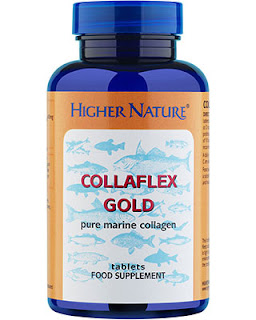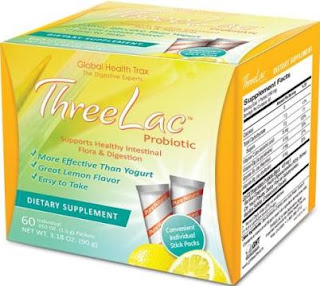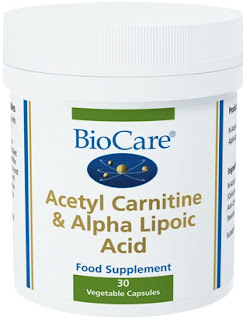The Ancient Egyptians and later the Greeks had an obsession about something we now might call the elixir of youth; a magic potion that stops us growing old.
Well the bad news is that just like alchemy and the idea you can manufacture gold it’s all just a myth.
We do know that a protein called collagen that makes up a third of all our protein in skin, bones tendons and muscles diminishes as we get older and if we could replace it we might not live forever but we could at least look better for it.
The natural loss of collagen is recognized in older people with wrinkles in the skin and felt with aching joints. It can also be a sign of osteoarthritis as it is particularly important in connective tissue,
Many elderly people succumb to back pain and sciatica and with osteoporosis the fluid between vertebras in the discs diminishes. Collagen creams are popular with many women that feel rubbing it into the skin and particularly the face will delay skin ageing but there is some doubt about this and it may just act as a placebo.
On the other hand collagen tablets do seem to help people with aching joints and arthritis as it appears to benefit a better blood circulation throughout the body.
Some recent research suggests that elderly people taking these tablets have quicker healing wounds like minor cuts and this supports the theory that their blood circulation is healthier.
Every generation lives longer on average than the one before and much of this has to do with medical science. To lose a child one hundred years ago to small pox or measles was not so uncommon but with inoculation these and many other diseases have all but been irradiated.
With lung and heart transplants now almost commonplace there is a theory that not too far into the future we will be able to be kept alive almost indefinitely.
On the other hand without mastering the replacement of collagen a three hundred year old person may have a healthy replacement heart and lungs but a face like a dried prune.
Well the bad news is that just like alchemy and the idea you can manufacture gold it’s all just a myth.
We do know that a protein called collagen that makes up a third of all our protein in skin, bones tendons and muscles diminishes as we get older and if we could replace it we might not live forever but we could at least look better for it.
The natural loss of collagen is recognized in older people with wrinkles in the skin and felt with aching joints. It can also be a sign of osteoarthritis as it is particularly important in connective tissue,
Many elderly people succumb to back pain and sciatica and with osteoporosis the fluid between vertebras in the discs diminishes. Collagen creams are popular with many women that feel rubbing it into the skin and particularly the face will delay skin ageing but there is some doubt about this and it may just act as a placebo.
On the other hand collagen tablets do seem to help people with aching joints and arthritis as it appears to benefit a better blood circulation throughout the body.
Some recent research suggests that elderly people taking these tablets have quicker healing wounds like minor cuts and this supports the theory that their blood circulation is healthier.
Every generation lives longer on average than the one before and much of this has to do with medical science. To lose a child one hundred years ago to small pox or measles was not so uncommon but with inoculation these and many other diseases have all but been irradiated.
With lung and heart transplants now almost commonplace there is a theory that not too far into the future we will be able to be kept alive almost indefinitely.
On the other hand without mastering the replacement of collagen a three hundred year old person may have a healthy replacement heart and lungs but a face like a dried prune.



